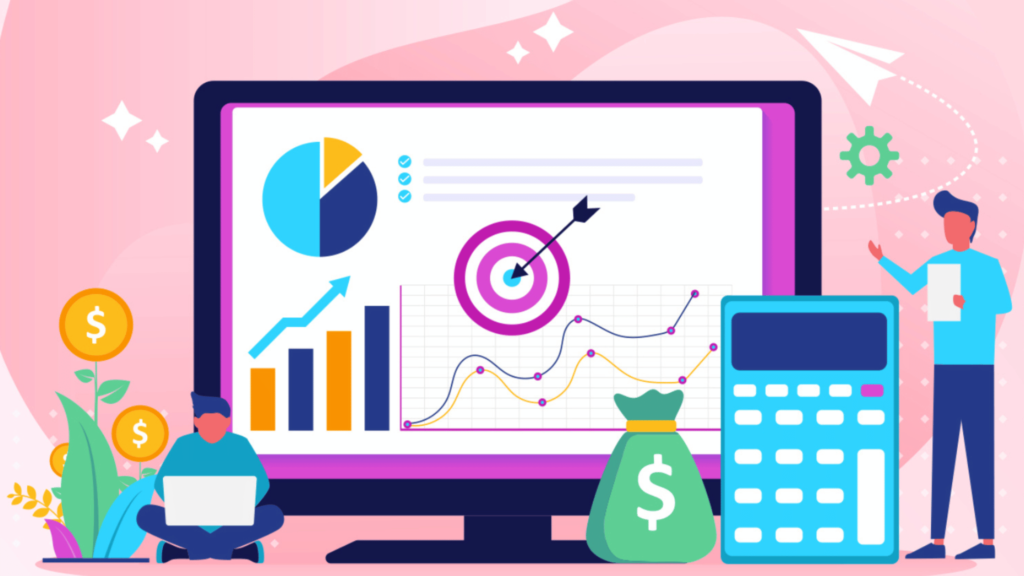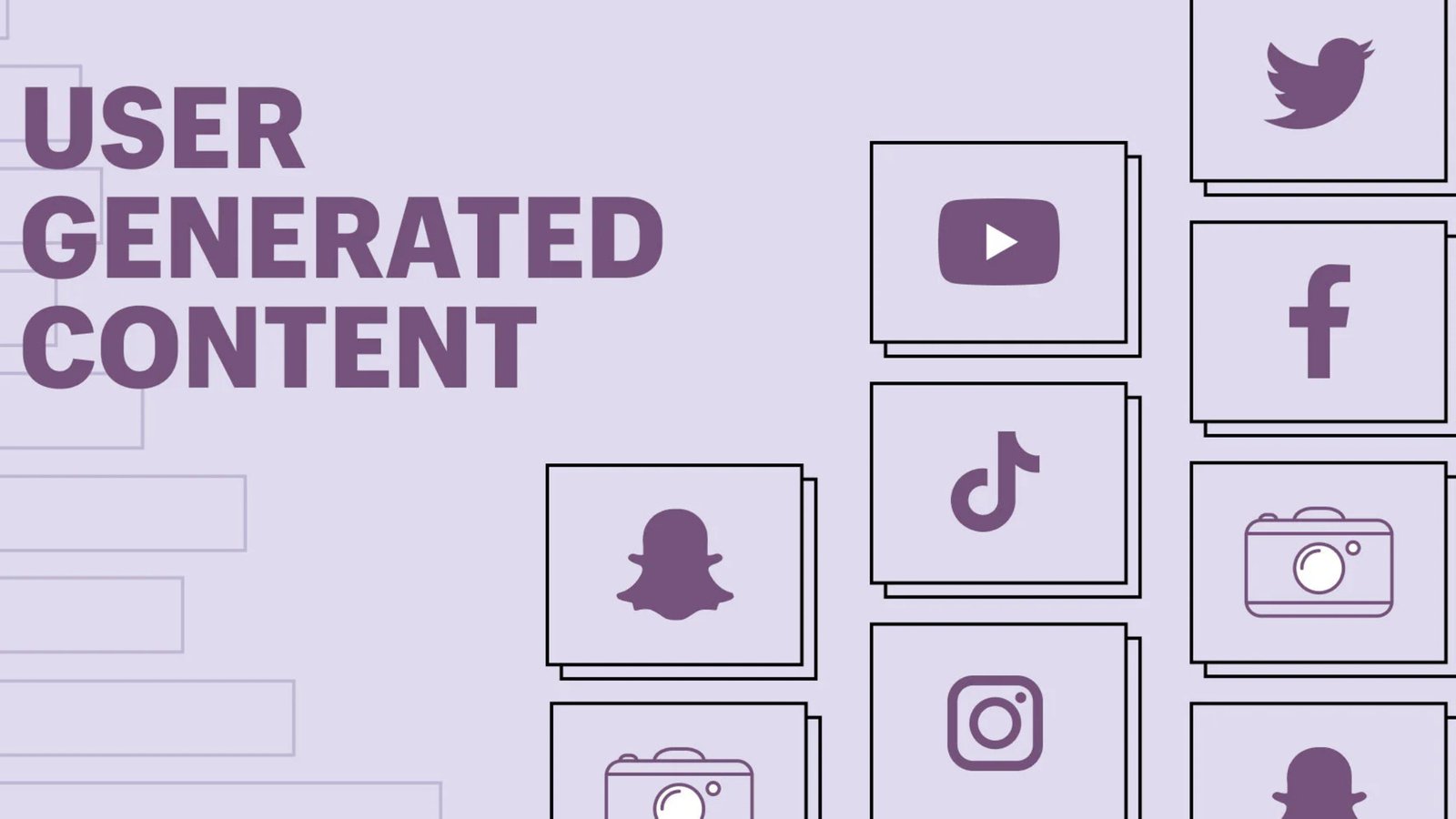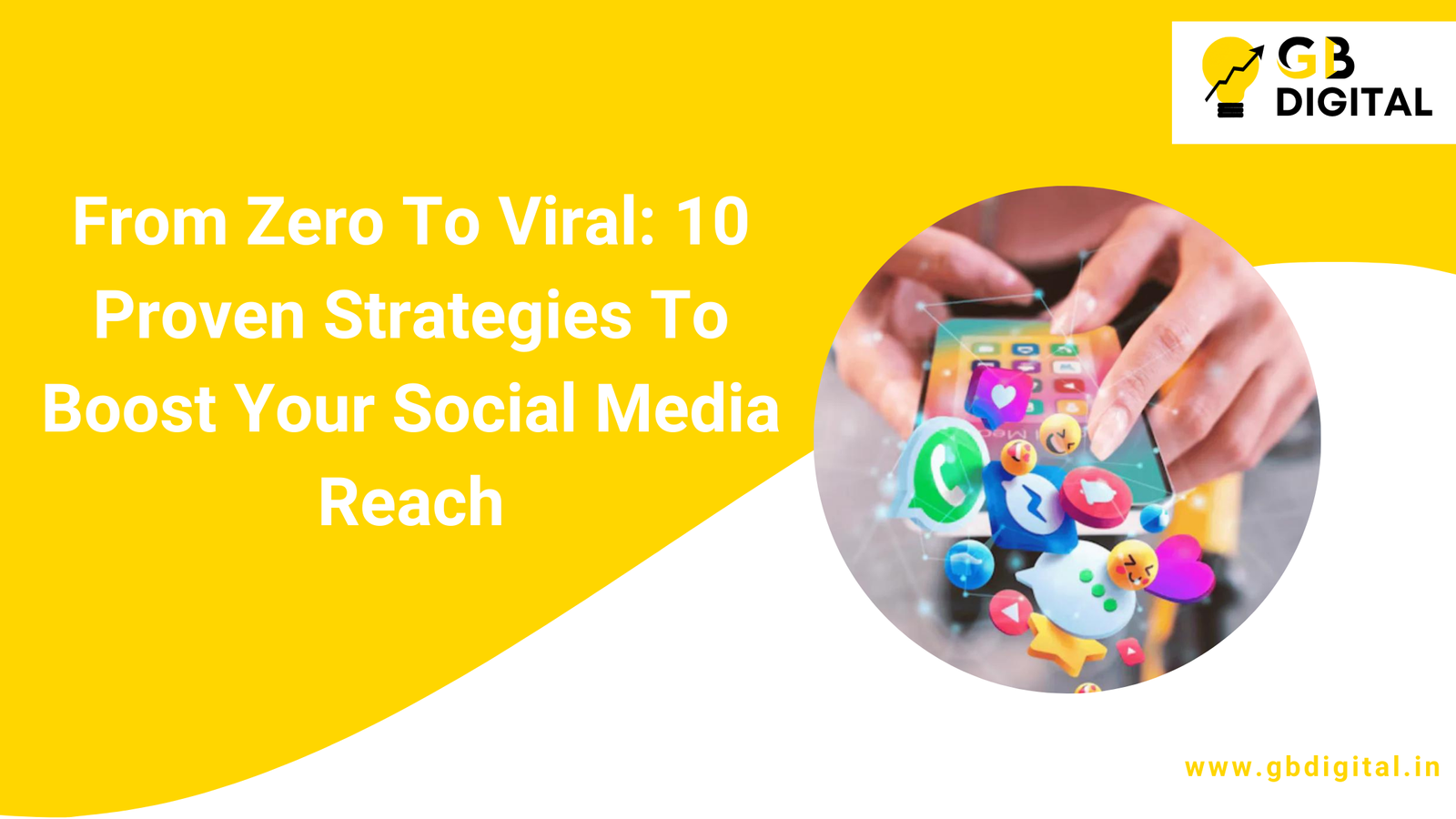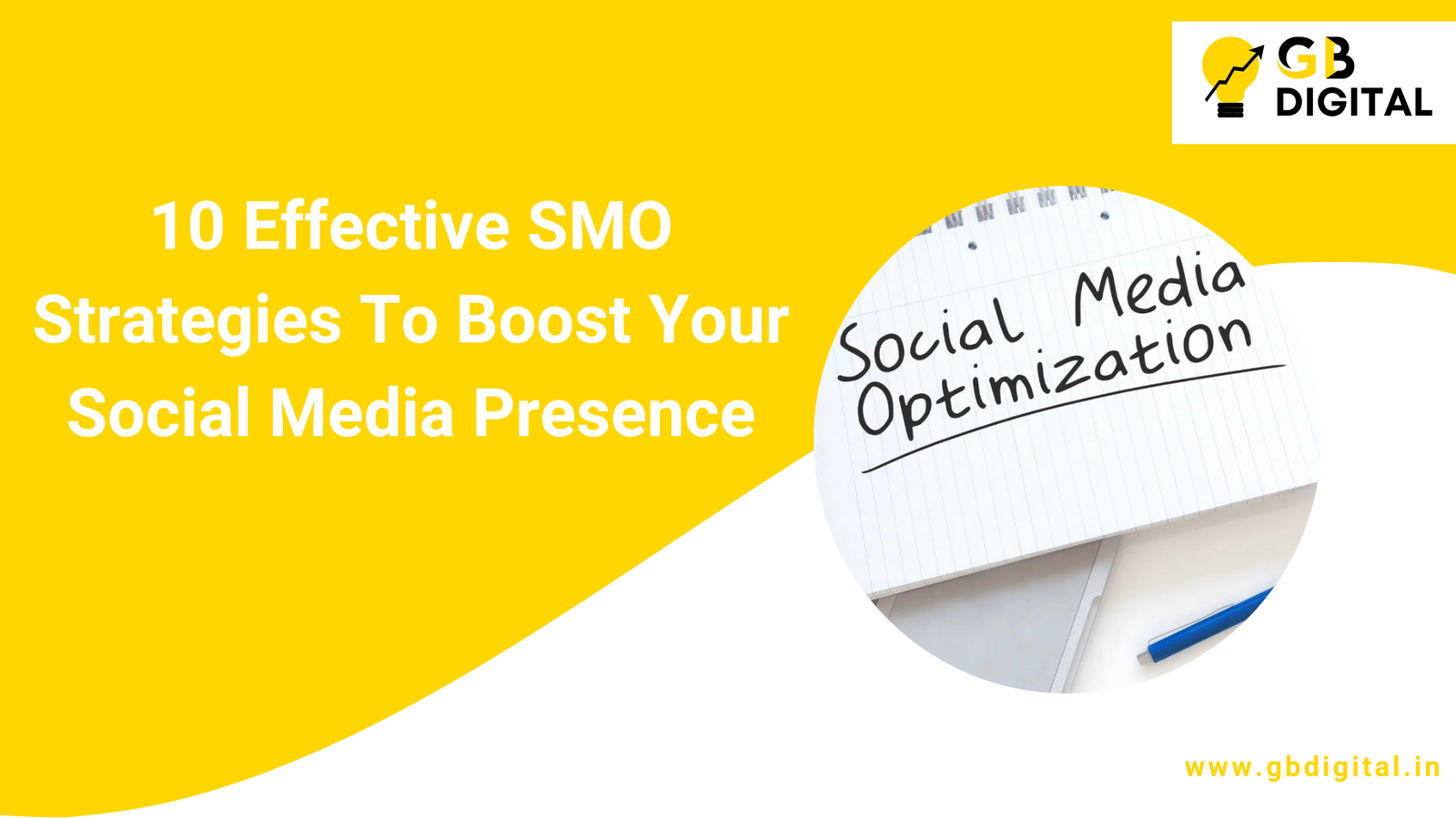In the fast-evolving world of digital marketing, understanding and measuring ROI (Return on Investment) has become more critical than ever, especially for restaurants. With increasing competition and customers relying on online platforms to discover dining options, tracking the right metrics is essential for ensuring marketing efforts drive tangible results.
This Artical delves into the future of digital marketing ROI and explores the analytics and success metrics every restaurant should focus on to optimize their strategies.

Why ROI Measurement Matters in Digital Marketing
ROI measurement provides clarity on the effectiveness of marketing campaigns. For restaurants, where margins can be tight, understanding the return on every marketing dollar spent is vital. Here’s why measuring ROI is crucial:
- Budget Optimization: Identify which campaigns yield the best results and allocate resources effectively.
- Performance Insights: Gain a clear picture of what’s working and what isn’t.
- Enhanced Decision-Making: Data-driven insights help refine strategies and predict future trends.
By focusing on ROI, restaurants can ensure their marketing efforts contribute directly to business growth and customer engagement.
Key Metrics for Measuring Digital Marketing ROI

1. Customer Acquisition Cost (CAC)
What It Measures: The total cost of acquiring a new customer through digital channels.
- Why It Matters: Restaurants need to balance their marketing spend with the revenue generated from new customers. A high CAC may indicate inefficient campaigns.
- How to Calculate: CAC=Total Marketing SpendNumber of New Customers Acquired\text{CAC} = \frac{\text{Total Marketing Spend}}{\text{Number of New Customers Acquired}}CAC=Number of New Customers AcquiredTotal Marketing Spend
2. Lifetime Value (LTV)
What It Measures: The total revenue a customer generates throughout their relationship with the restaurant.
- Why It Matters: Knowing LTV helps restaurants determine how much they can afford to spend on acquiring and retaining customers.
- Key Insight: Pairing LTV with CAC helps gauge long-term profitability.
3. Conversion Rate (CR)
What It Measures: The percentage of users who complete a desired action, such as placing an order or making a reservation.
- Why It Matters: High conversion rates indicate that campaigns are resonating with the audience.
- Tips for Improvement: Optimize landing pages, use clear CTAs, and offer personalized deals.
4. Click-Through Rate (CTR)
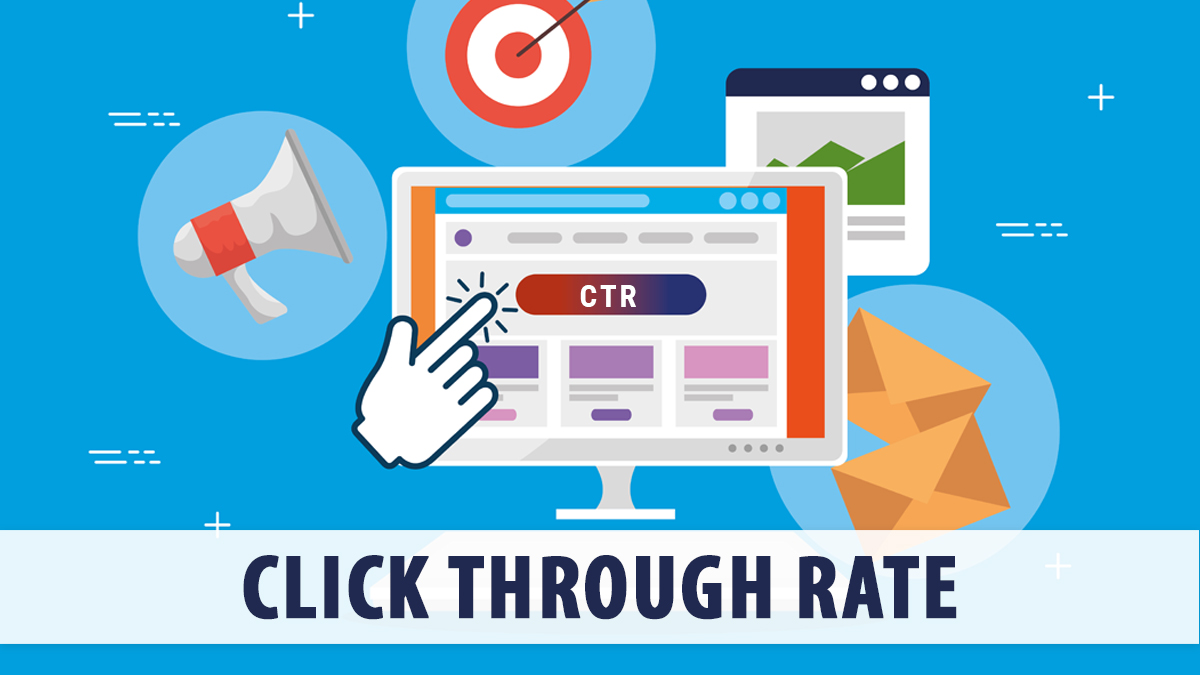
What It Measures: The percentage of users who click on a digital ad or link.
- Why It Matters: A higher CTR signifies that the ad content is compelling and relevant.
- How to Calculate: CTR=(ClicksImpressions)×100\text{CTR} = \left(\frac{\text{Clicks}}{\text{Impressions}}\right) \times 100CTR=(ImpressionsClicks)×100
5. Return on Ad Spend (ROAS)
What It Measures: The revenue generated for every dollar spent on advertising.
- Why It Matters: ROAS helps evaluate the efficiency of paid campaigns.
- Optimal Benchmark: Aim for a ROAS of 3:1 or higher to ensure profitability.
6. Engagement Rate
What It Measures: The level of interaction users have with social media posts or ads.
- Why It Matters: Engagement indicates how well your content resonates with your audience.
- Key Channels: Monitor platforms like Instagram, Facebook, and TikTok for likes, shares, and comments.
7. Online Reputation Metrics
What It Measures: Customer reviews and ratings across platforms like Google, Yelp, and TripAdvisor.
- Why It Matters: Positive reviews significantly impact customer trust and decision-making.
- Action Plan: Actively respond to reviews and implement feedback to enhance customer satisfaction.
Future Trends in Digital Marketing ROI

1. AI-Driven Analytics
Advanced AI tools are making it easier to predict campaign success and refine strategies in real-time. Restaurants can use AI to analyze customer data, personalize marketing efforts, and boost ROI.
2. Attribution Models
Sophisticated attribution models, such as multi-touch attribution, help track which touchpoints contribute most to conversions, giving a clearer picture of ROI.
3. Focus on Retention Metrics
With rising customer acquisition costs, retaining existing customers is becoming a priority. Metrics like churn rate and repeat purchase rate will gain prominence.
4. Integration of Offline and Online Data
Restaurants will increasingly combine online marketing analytics with offline metrics like foot traffic and in-store sales to get a holistic view of ROI.
Tips for Optimizing Digital Marketing ROI

1. Set Clear Goals
Define specific, measurable objectives for each campaign, such as increasing online orders by 20% or improving average order value (AOV).
2. Leverage Automation
Use marketing automation tools to streamline processes like email campaigns, ad optimization, and performance tracking.
3. Invest in Quality Content
High-quality visuals, engaging videos, and personalized messaging can significantly improve engagement and conversions.
4. Continuously Test and Learn
Run A/B tests on ads, landing pages, and email campaigns to discover what works best for your audience.
Conclusion
As digital marketing continues to evolve, ROI measurement will remain a cornerstone of successful restaurant marketing strategies. By focusing on key metrics like CAC, LTV, and ROAS, and staying ahead of trends such as AI-driven analytics and retention strategies, restaurants can ensure their campaigns drive measurable results. In a competitive landscape, leveraging data-driven insights is the key to sustained growth and customer satisfaction.
FAQ’s
Q1: What is Digital Marketing ROI, and why is it important?
Digital Marketing ROI measures the return on investment from digital marketing efforts, helping businesses evaluate the effectiveness of their campaigns and optimize resources.
Q2: What are the key metrics to track for Digital Marketing ROI?
Important metrics include conversion rate, customer acquisition cost (CAC), return on ad spend (ROAS), lifetime value (LTV), and engagement rates.
Q3: How can businesses improve their Digital Marketing ROI?
Businesses can improve ROI by optimizing campaigns based on data, targeting the right audience, focusing on high-performing channels, and testing different strategies.
Q4: Why are engagement metrics important for Digital Marketing ROI?
Engagement metrics such as clicks, likes, shares, and comments indicate how well your content resonates with your audience and contribute to the overall success of your campaigns.
Q5: How does data analytics play a role in measuring Digital Marketing ROI?
Data analytics helps track and analyze campaign performance, providing actionable insights to refine strategies, allocate budgets, and maximize returns.

